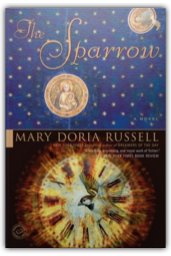
This strange, ambitious science fiction novel has already won enough attention for its first-time author to make it a selection by both the Book of the Month and QPB clubs. Father Emilio Sandoz, a Jesuit linguist, heads a team of scientists and explorers on an expedition to the planet Rakhat, where contact has been established with two apparently primitive races, the Runa and the Jana'ata. The narrative shifts back and forth between 2016, when contact is first made, and 2060, to a Vatican inquest interrogating the maimed and broken Sandoz. A palaeoanthropologist, Russell makes the descriptions of the inhabitants of Rakhat both convincing and unsettling. 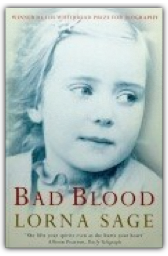
This is one of those memoirs of a difficult, sometimes violent girlhood, that makes riveting reading—not as harrowing as Andrea Ashworth's brilliant Once in a House on Fire, but every bit as good. Whether this is voyeuristic is debatable, but clearly the author, Lorna Sage, felt she had something to tell, and she tells it vividly. She grew up with an absent father, a quiet and docile mother, and—the two most powerful figures of her formative years—a pair of ferocious, tyrannical, impossible grandparents. Her grandfather is the most striking of all, not least because he was a Church of England clergyman. Sage offers an unforgettable evocation of this bitter, hard-drinking, womanising cleric, as he strides through the desolate churchyard with his little granddaughter clinging onto his black skirts in the wind. "He was good at funerals, being gaunt and lined, marked with mortality. He had a scar down his hollow cheek, too, which grandma had done with the carving knife one of the many times when he came home pissed and incapable." The place, too, is strongly evoked: a small, isolated, squalid village on the English-Welsh border in darkest Shropshire, the very landscape of that haunting writer of the 1920s, Mary Webb. Sometimes, though, Sage's girlhood—we—we're only talking 1940s and 1950s here—feels more like it is something out of the pages of the Brontës, and indeed she acknowledges this freely. "Perhaps I really did grow up, as I sometimes suspect, in a time warp, an enclave of the 19th century?" That weird sense of anachronism makes this a riveting if sometimes uncomfortable read.—Christopher Hart |
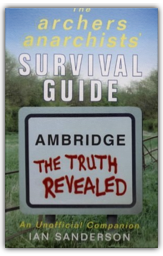
Readers, this is an odd book. It's very entertaining, certainly, but even so, The Archers Anarchists' Survival Guide is strange indeed. Written by Ian Sanderson—who has already penned The Archers Anarchists' A-Z—this guide is aimed at a distinct sub grouping of the BBC radio 4 audience (ie not many folks at all). This is a shame because the writing is actually very good. Not only must readers be fans of the long-running radio soap, they should also have a sense of humour, a dislike of green wellies and an unflinching belief that Ambridge is in fact real life. Rather like a particularly bitter Terry Wogan phone-in, or a vitriolic Tony Hawks (Round Ireland With A Fridge, etc) appearance on I'm Sorry, I Haven't A Clue, Sanderson rails against his beloved home from home with abandon, sneering at its chinless residents, laughing at its production shortfalls (twigs underfoot? It must be winter!), and basically performing a thorough assassination of the whole shebang (it's probably even funnier if you know who he's talking about). 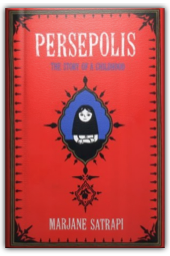
Marjane Satrapi's Persepolis is an exemplary autobiographical graphic novel, in the tradition of Art Spiegelman's classic Maus. Set in Iran during the Islamic Revolution, it follows the young Satrapi, the six-year-old daughter of two committed and well-to-do Marxists. As she grows up, she witness first-hand the effects that the revolution and the war with Iraq have on her home, family and school. 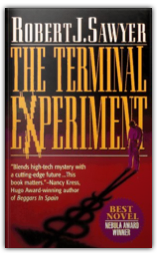
The Terminal Experiment has propelled Robert J. Sawyer into the limelight as one of science fiction's hot new writers, earning him the prestigious Nebula Award in the process. In this fast- paced thriller, Dr Peter Hobson's investigations into death and afterlife lead him to create three separate electronic versions of himself: one has no memory of physical existence and represents life after death; one has no knowledge of death or ageing and represents immortality; and the third is left unaltered as a control. But all three have escaped into the worldwide matrix ... and one of them is a killer. 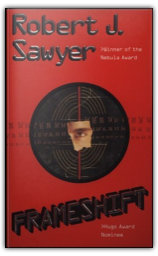
In the guise of a mainstream biomedical thriller akin to Ira Levin's The Boys From Brazil, or the novels of Robin Coma Cook, Nebula Award-winner Robert Sawyer has crafted a most ambitious tale. 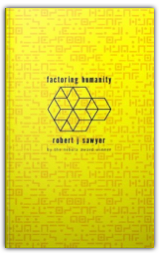
Receiving a message from another, alien civilisation is not enough; you have then to decode it. Heather and her husband Kyle once tried to make sense of the message's geometric riddles and set it aside. It is when she is torn apart by her daughter's accusations of child abuse—she loses whether Kyle is a monster or Rebecca deluded—that Heather tries again, and has a wacky idea born of desperation. Perhaps she needs to get closer to the problem; perhaps she needs literally to get inside it. And when she does, she finds more riddles—just how to cope with knowing the whole truth about everyone and everything? Is this why an old boyfriend committed suicide? Is this an alien kindness, or a trap? Sawyer's novel has its betraying touches of modishness and melodrama, but it also has the charm that comes from good sense convincingly exhibited. If the fate of humanity is to be decided, it is always better done by someone as likeable as Sawyer's Heather. Science is not necessarily best done in an ivory tower; Sawyer is insightful on the way good work is done in the middle of crisis and the everyday. —Roz Kaveney 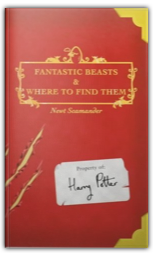
JK Rowling takes her enviable ability to turn paper into gold to the next level by cleverly teaming up with Comic Relief 2001 to bring Fantastic Beasts and Where to Find Them (a set text during Harry's first year at Hogwarts) and Quidditch Through the Ages (Harry's favourite book), to the masses—and all the money goes to charity. —Susan Harrison 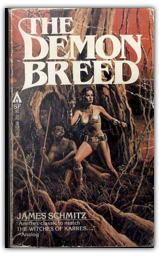
Classic science-fiction: heroine trapped on island...Parahuans, believed wiped out 70 years ago, preparing to take over the planet...heroine and sidekicks, three mutated and intelligent otters, must stay alive long enough to warn the populace and alert the Federation's warships. Great cover art by Bob Andragna. 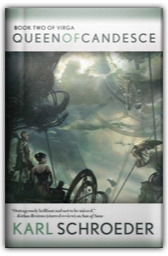
Venera Fanning was last seen falling into nothingness at the end of Sun of Suns. Now, in Queen of Candesce, Venera finds herself plunging through the air among the artificial worlds of Virga, far from home and her husband, who may or may not be alive. Landing in the ancient nation of Spyre, Venera encounters new enemies and new friends (or at least convenient allies). She must quickly learn who she can trust, and who she can manipulate in order to survive. Survival isn’t her only goal; with the powerful Key of Candesce in her hands, she can control the fate of the entire world of Virga, yet something even more pressing is driving her—the all consuming need for revenge. 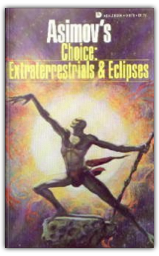
This book is edited and introduced by Isaac Asimov. 12 short stories by such authors as Larry Niven, Alex Schomberg and Frederik S. Lord Jr. 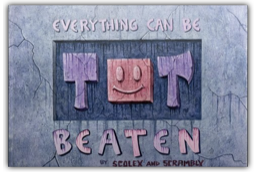
Follow the adventure of IT as he discovers a door out of his monotonous life beating kittens and into an exciting new world where all sorts of new things can be (and generally are) beaten. This FULL-COLOR 6 x 5" storybook tale of discovery is written and with layouts by Mr. Chancre Scolex (sometimes known as Jhonen Vasquez) and vividly painted by his friend Mr. Crab Scrambly (Brad Canby to some). |

Mike Scott
Collection Total:
4227 Items
4227 Items
Last Updated:
Feb 21, 2010
Feb 21, 2010
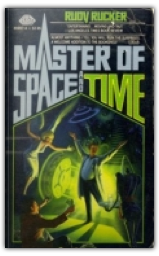

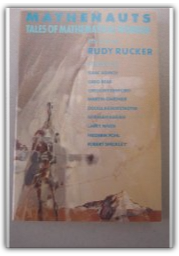
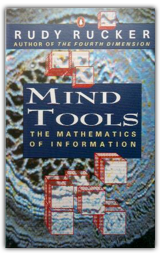
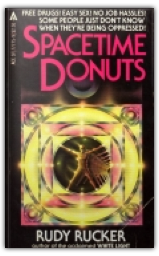
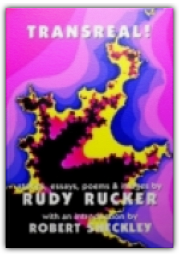
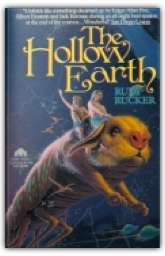
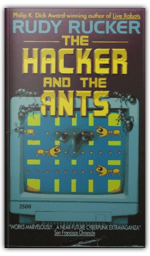
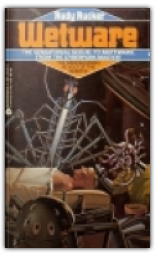
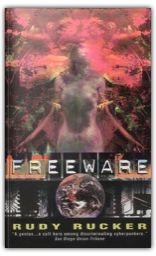
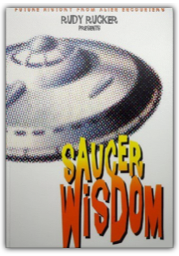
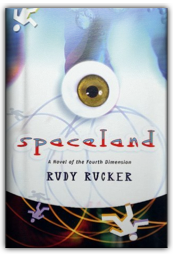
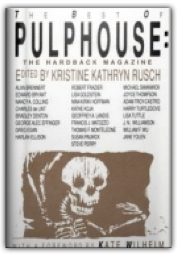
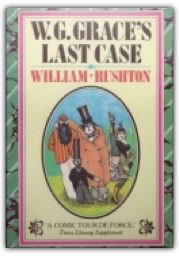
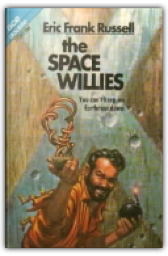
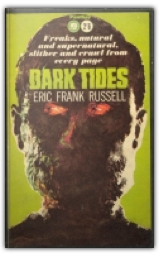


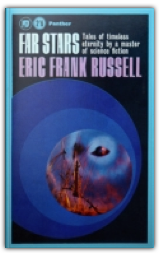
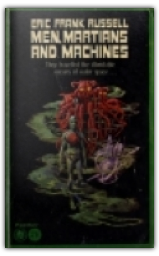
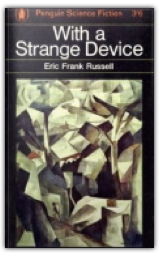
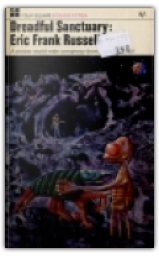
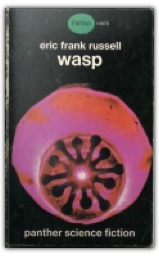

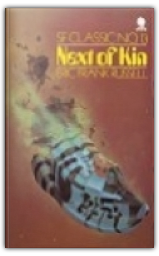
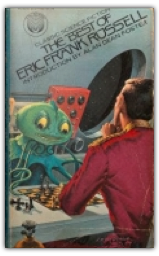
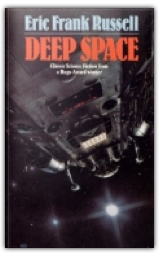
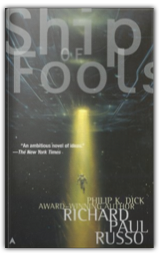
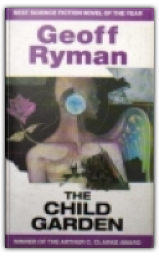


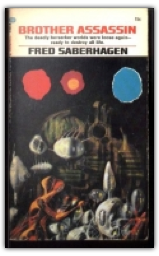
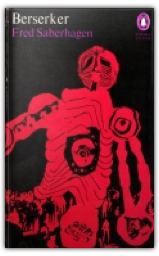
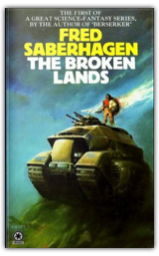
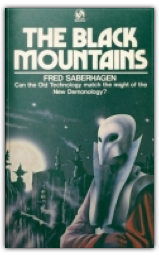

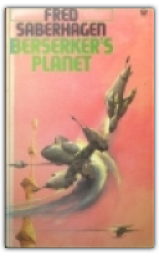
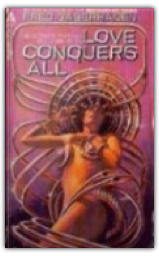
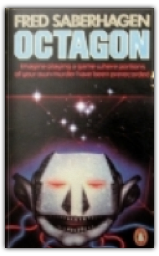

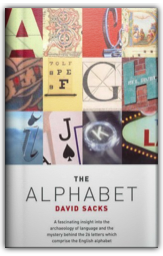
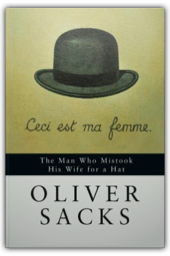
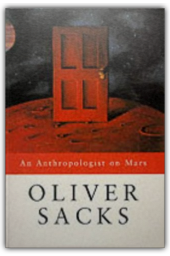
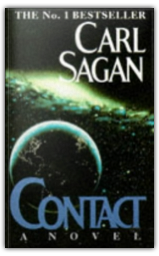

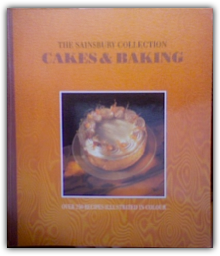

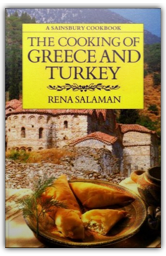
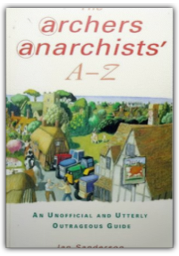
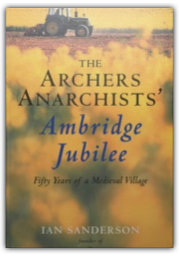

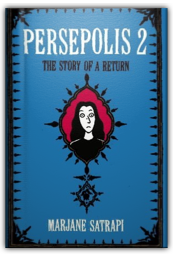
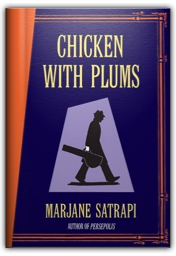
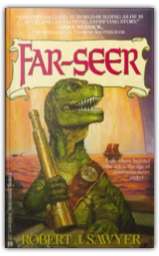
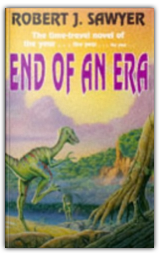
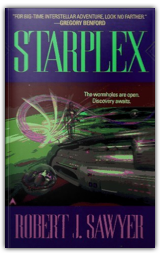
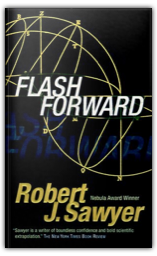
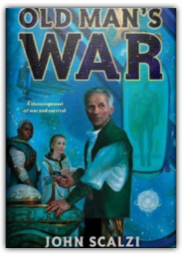
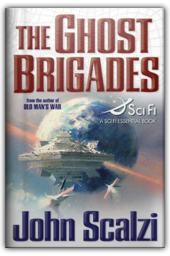
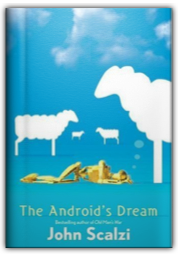
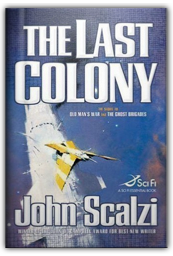
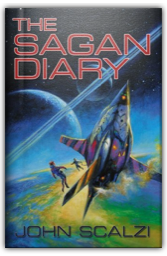
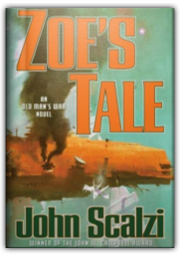
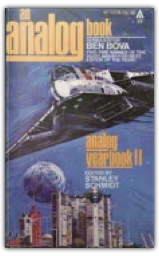
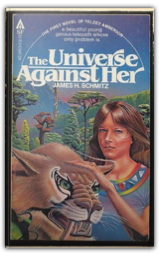
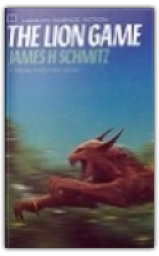
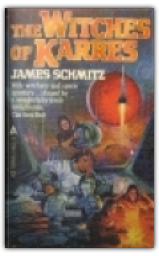
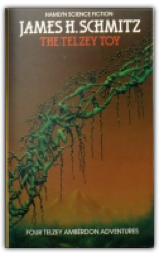
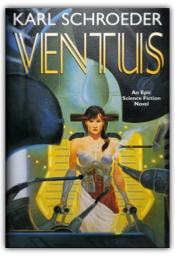
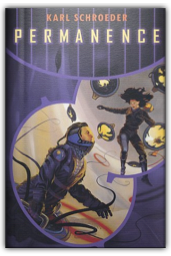
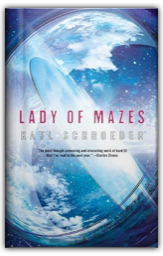
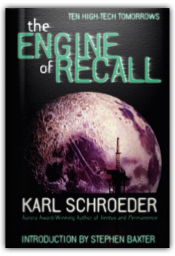
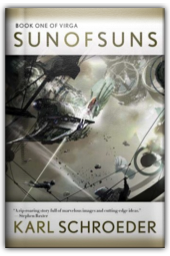
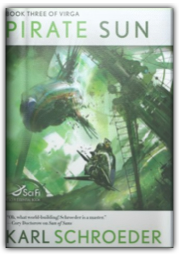
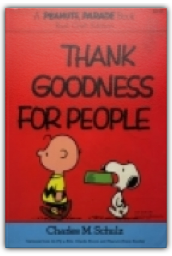
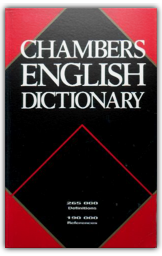

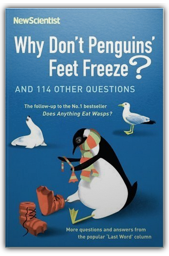
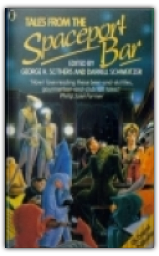
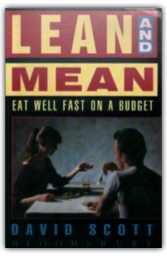
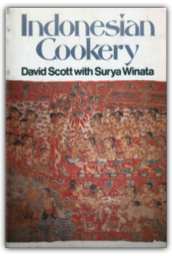
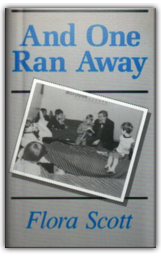
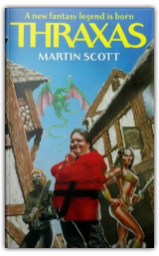
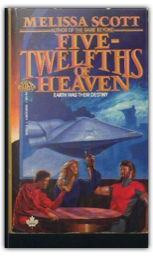
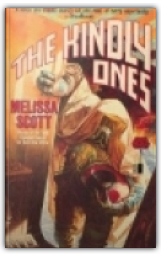
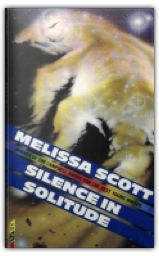
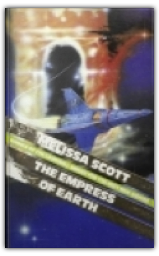
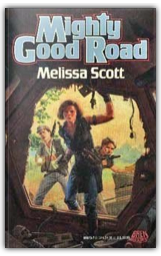
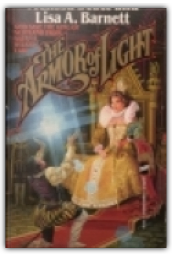
 Made with Delicious Library
Made with Delicious Library